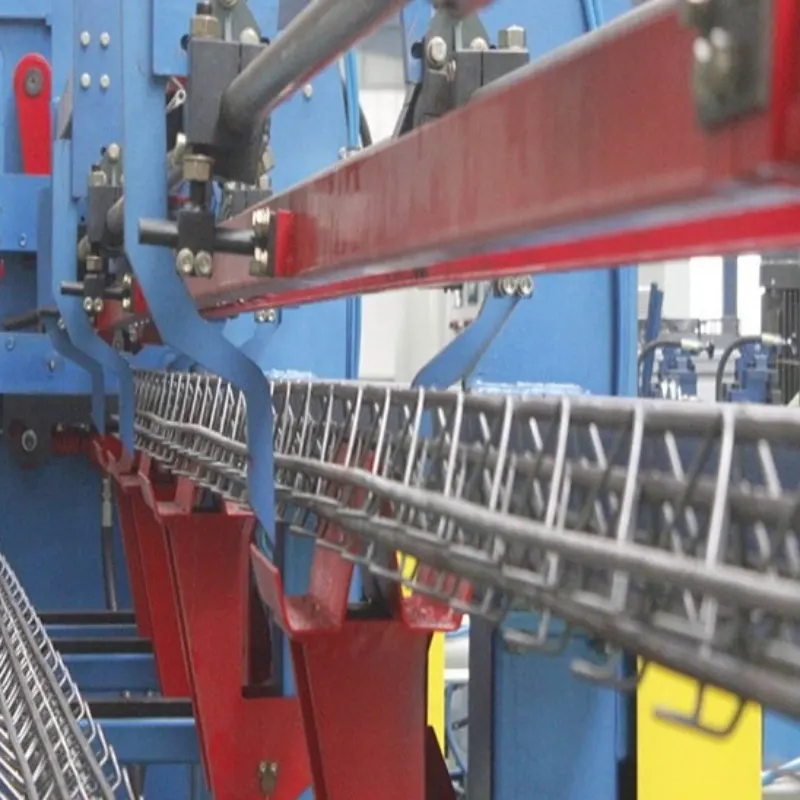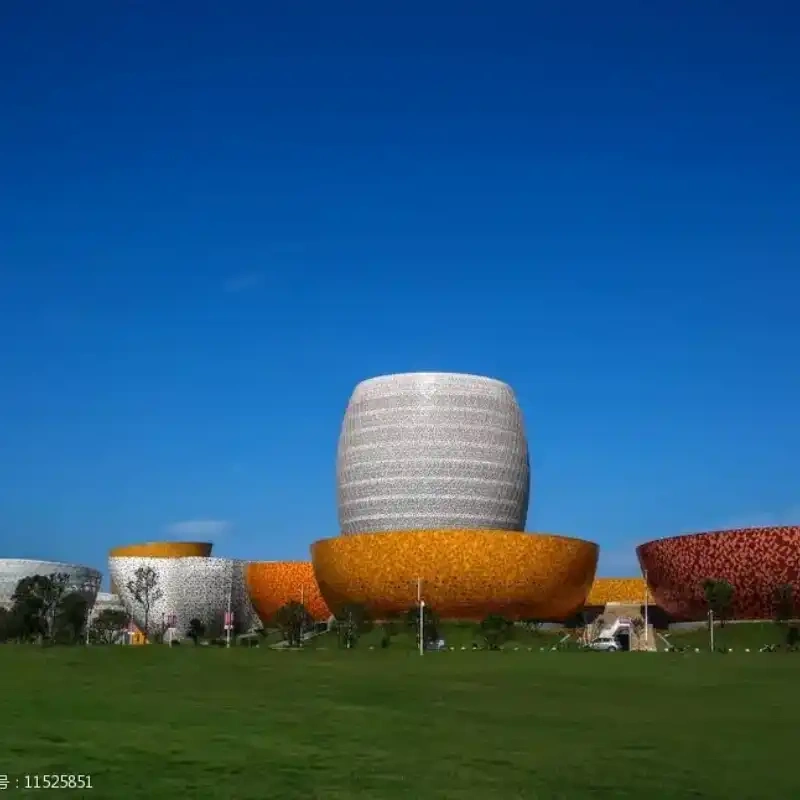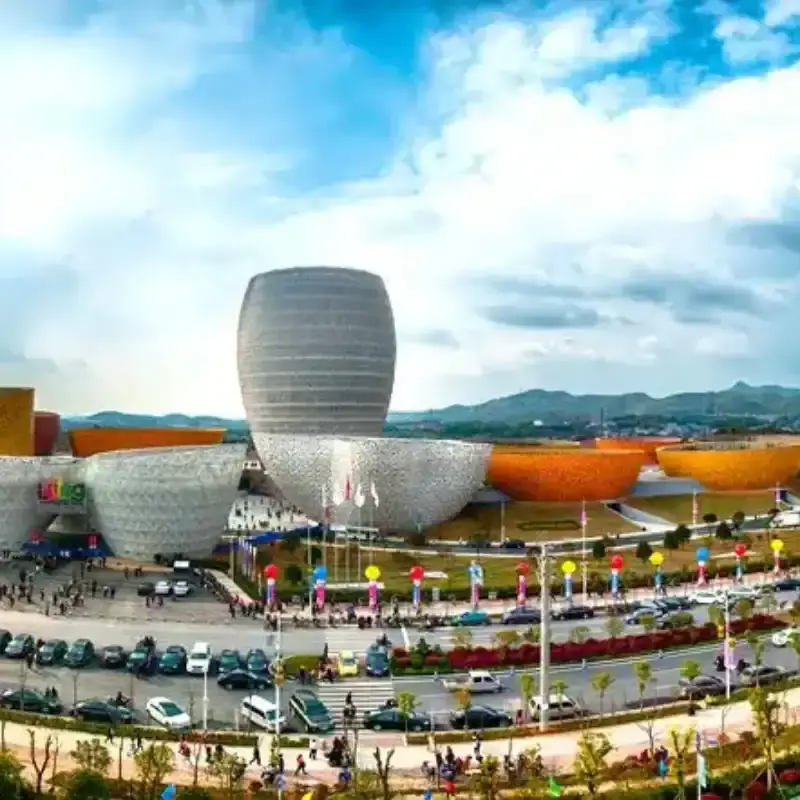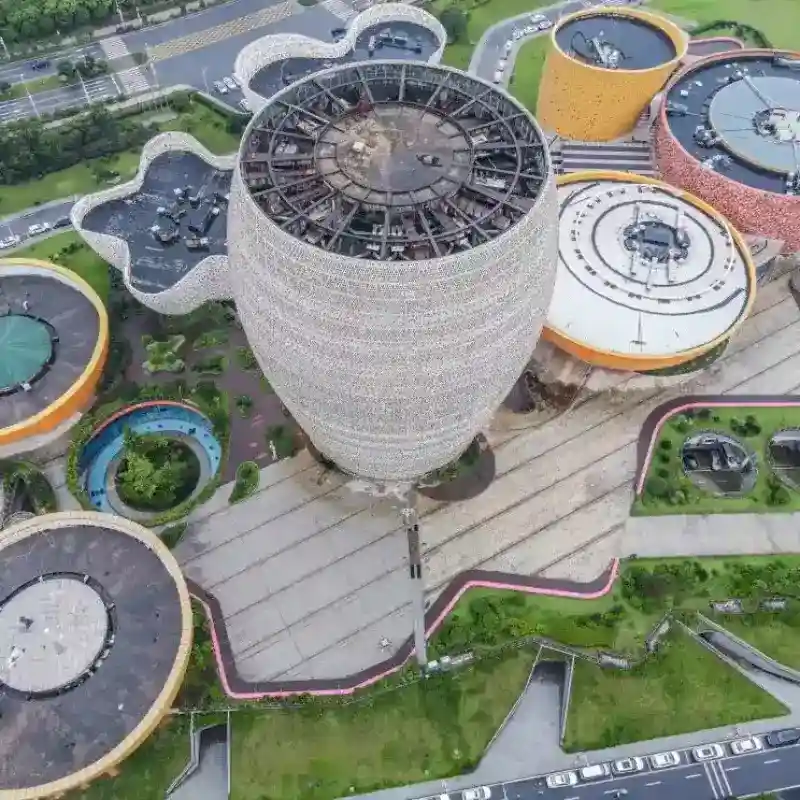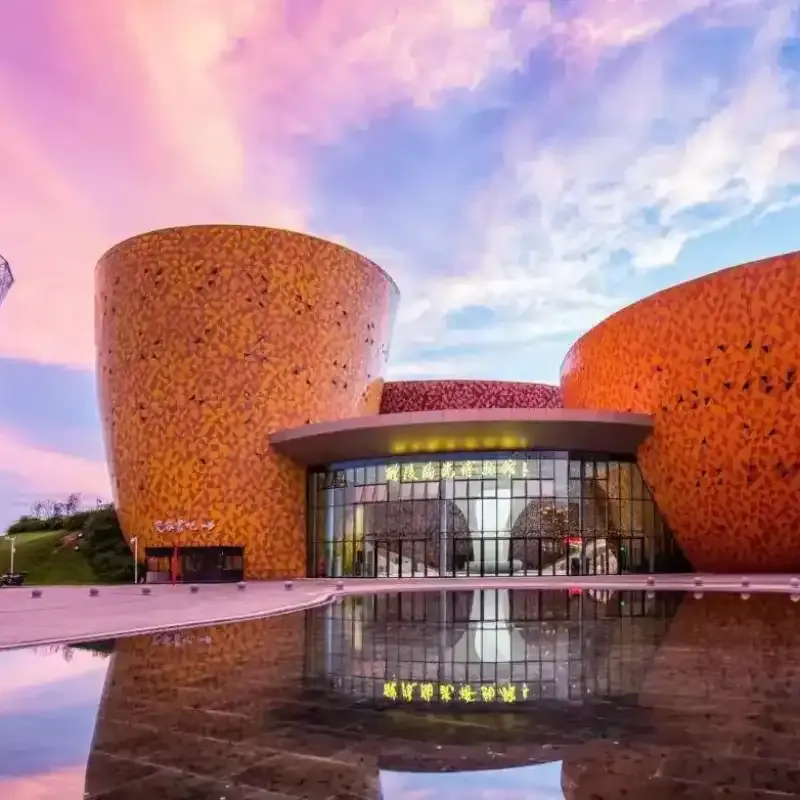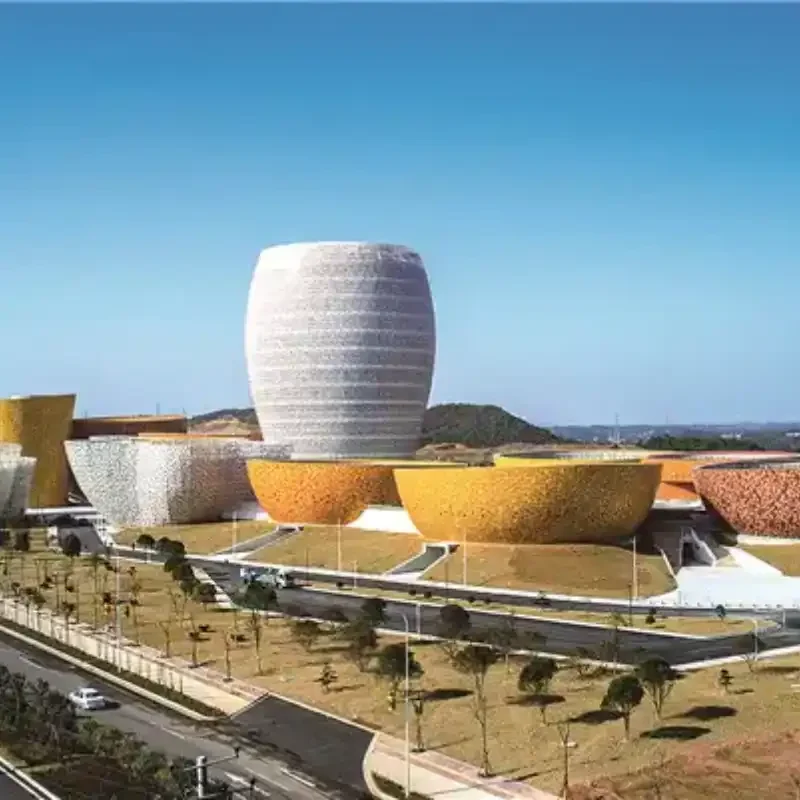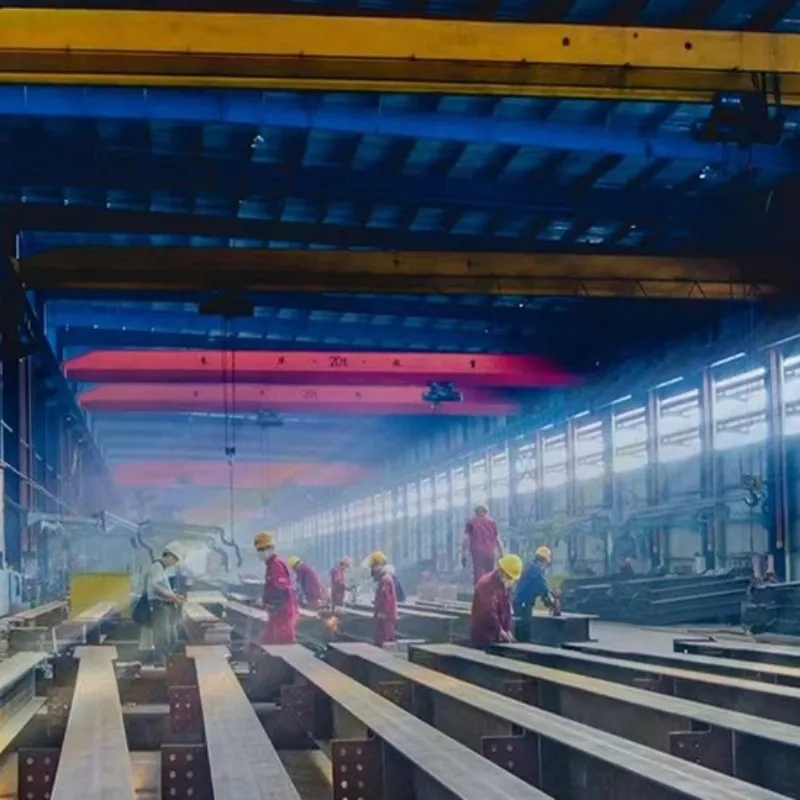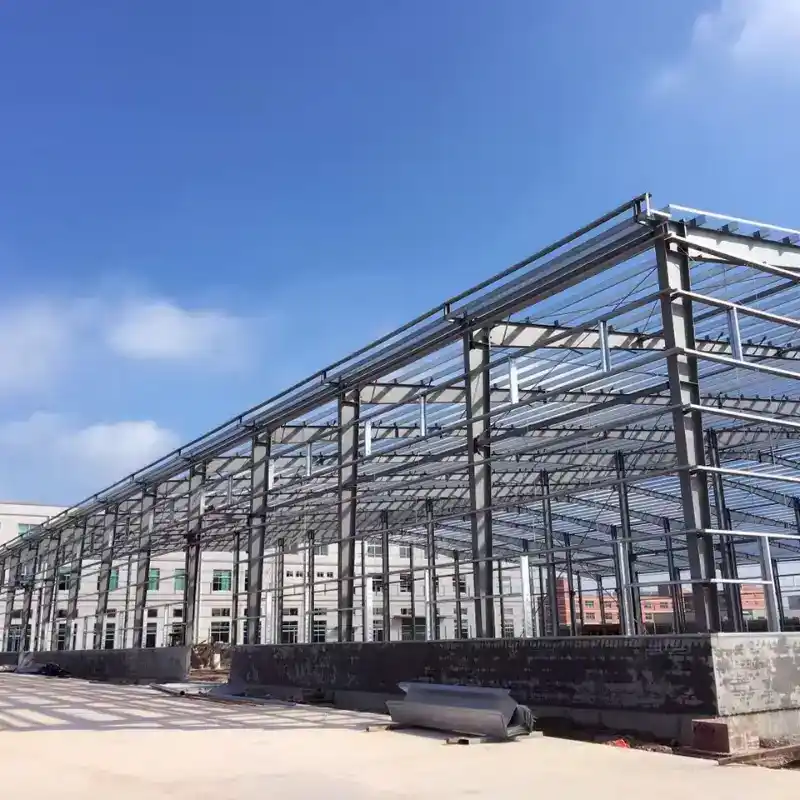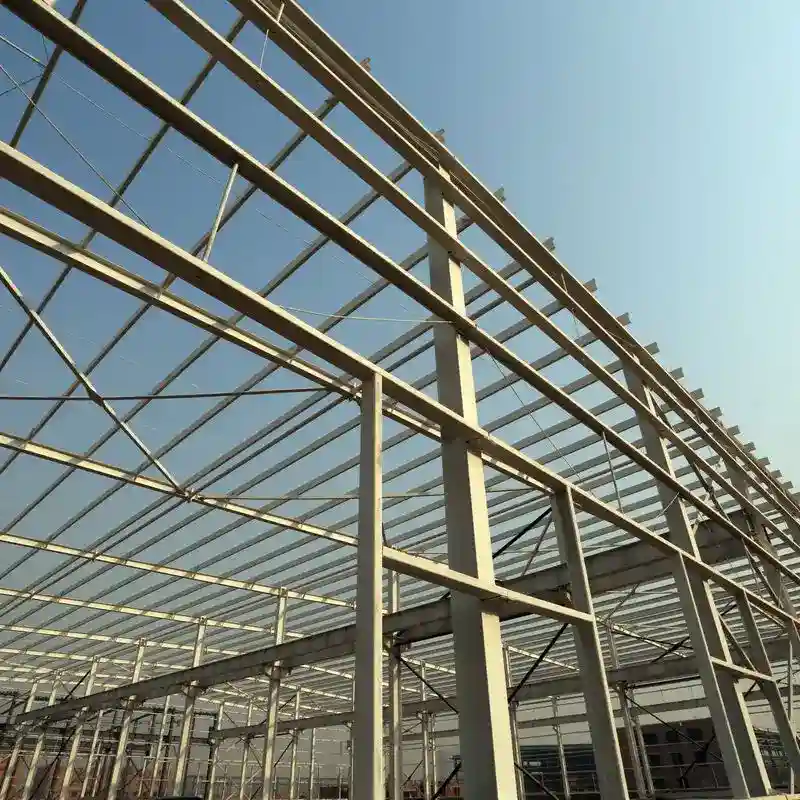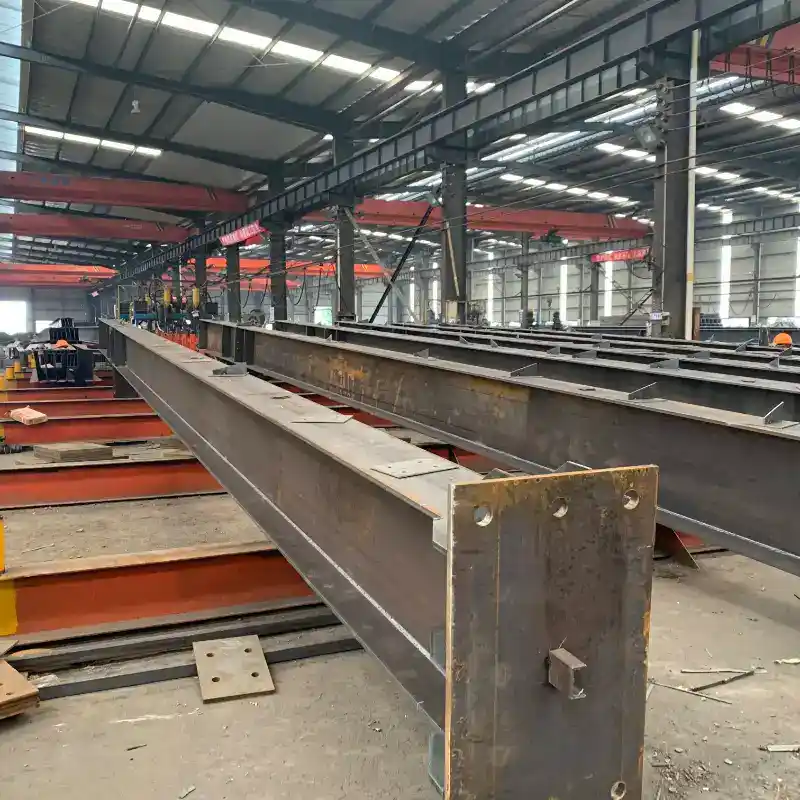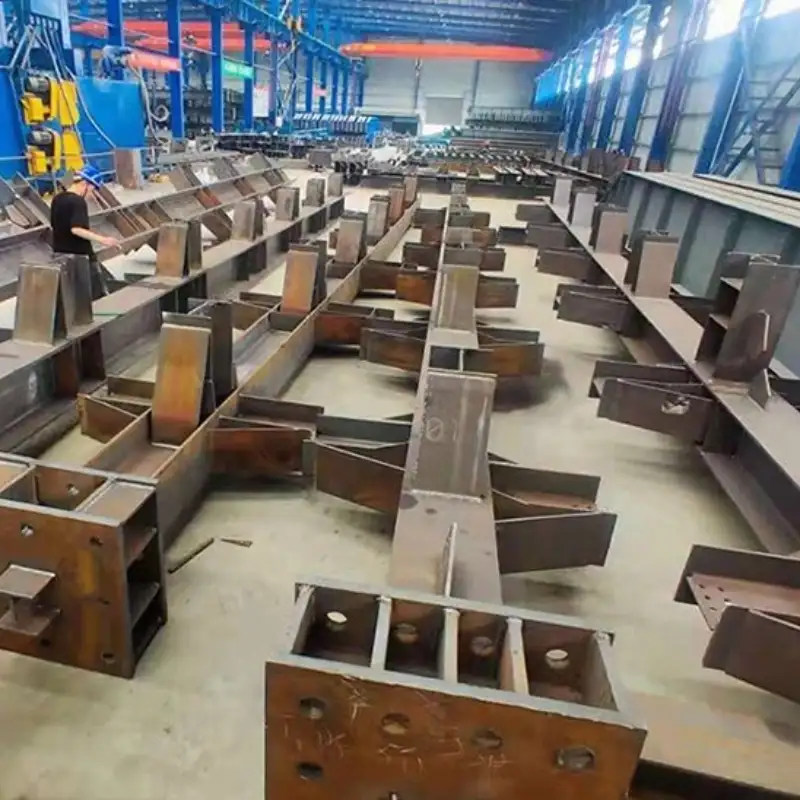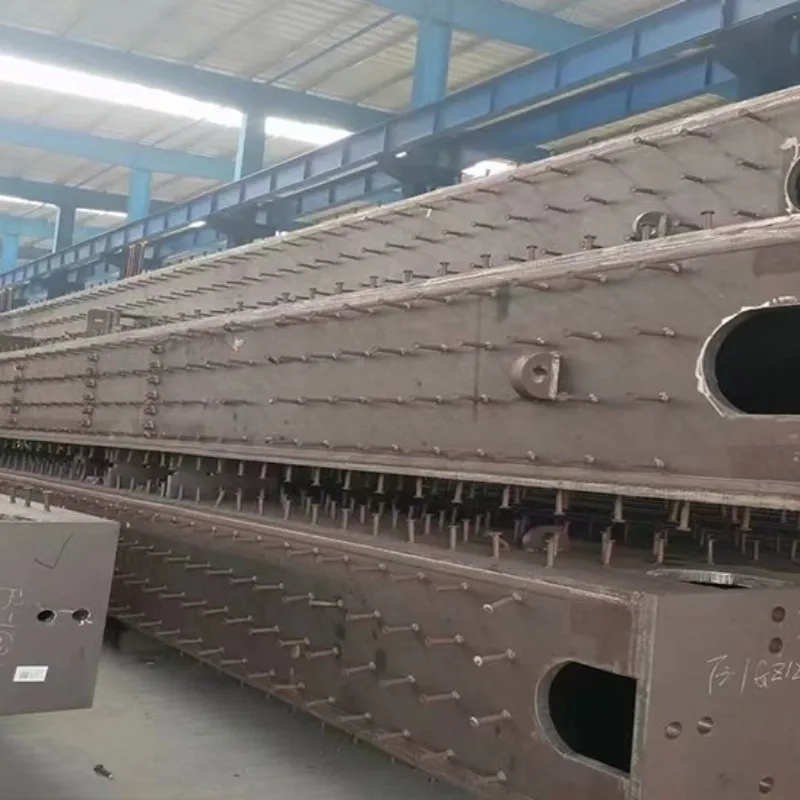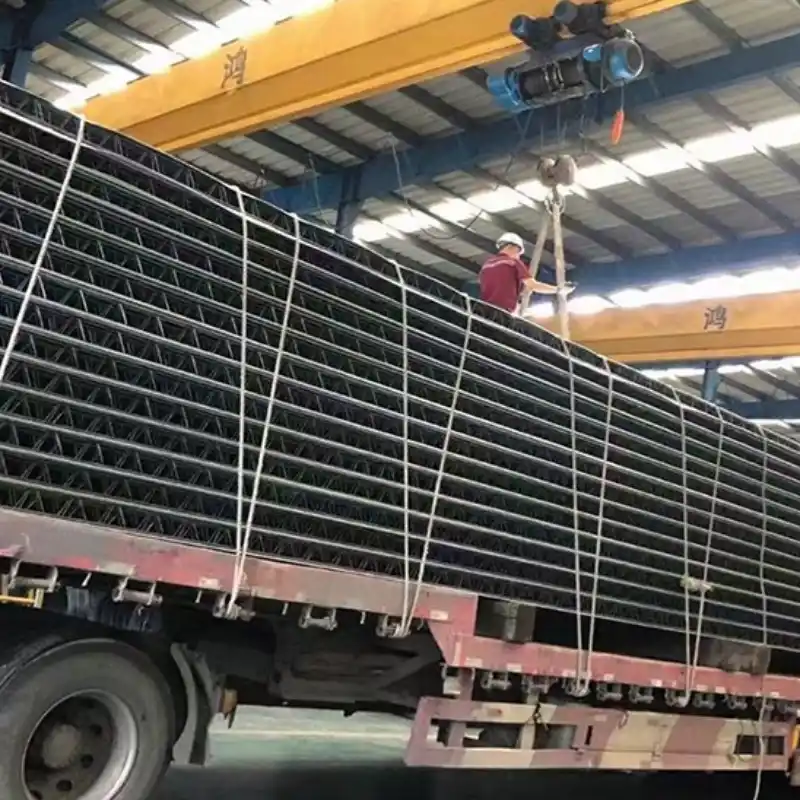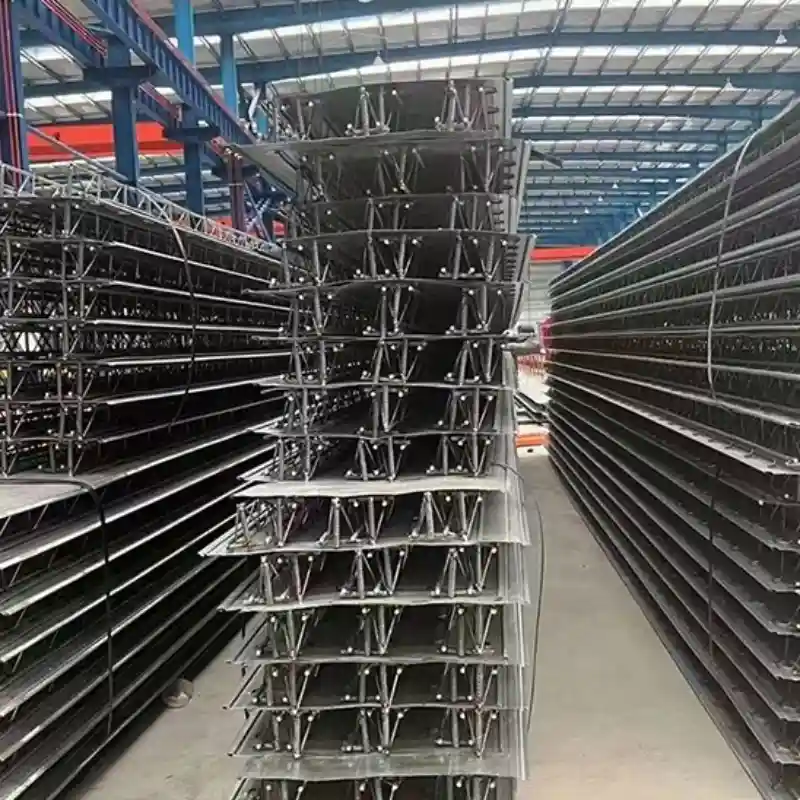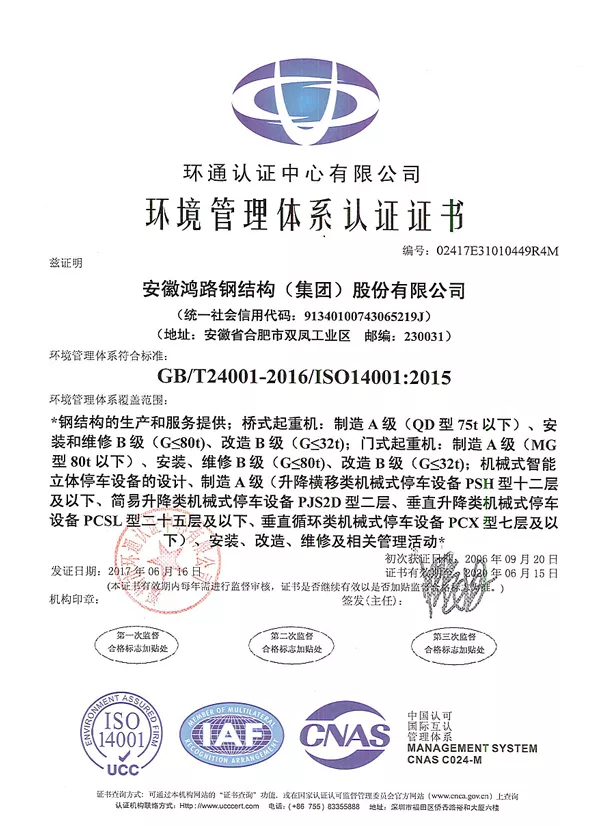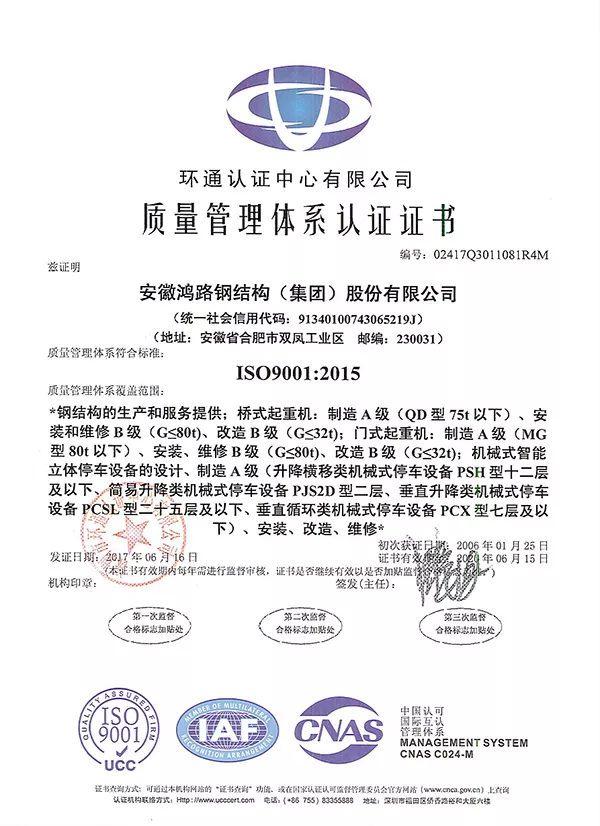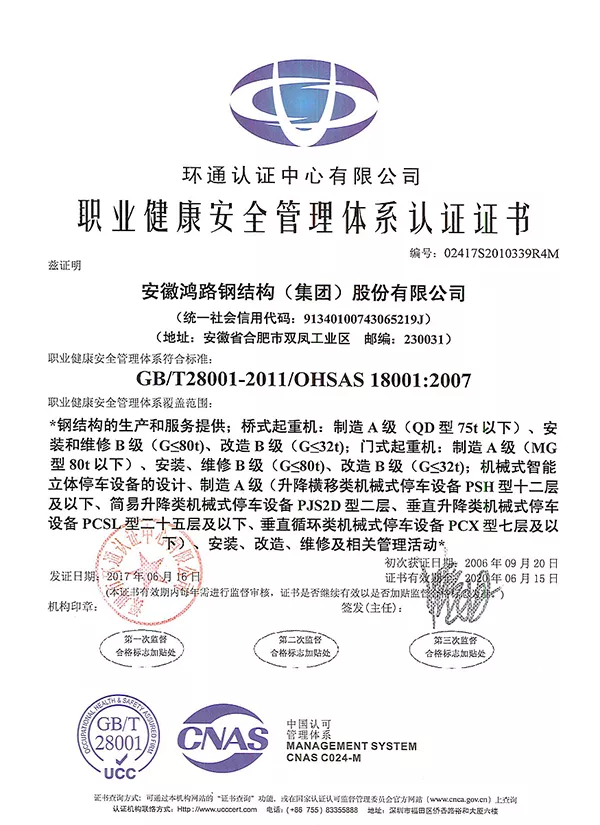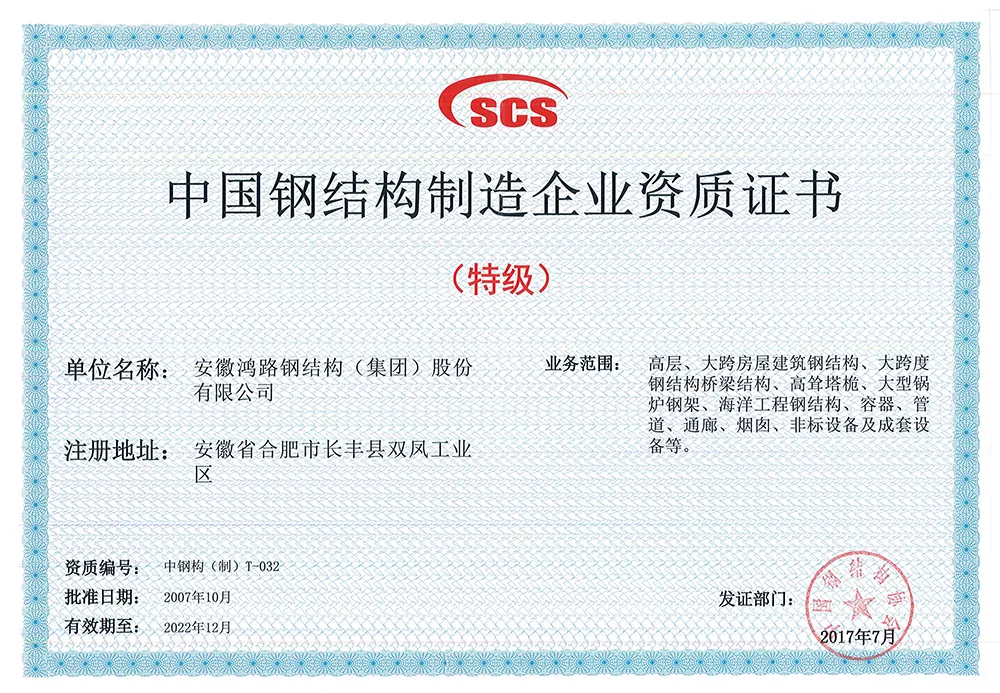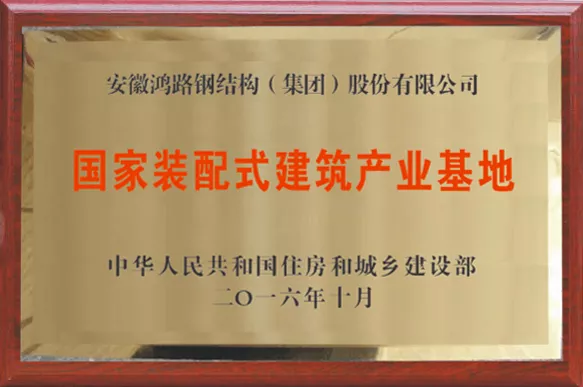Hunan Liling World Ceramic Art City
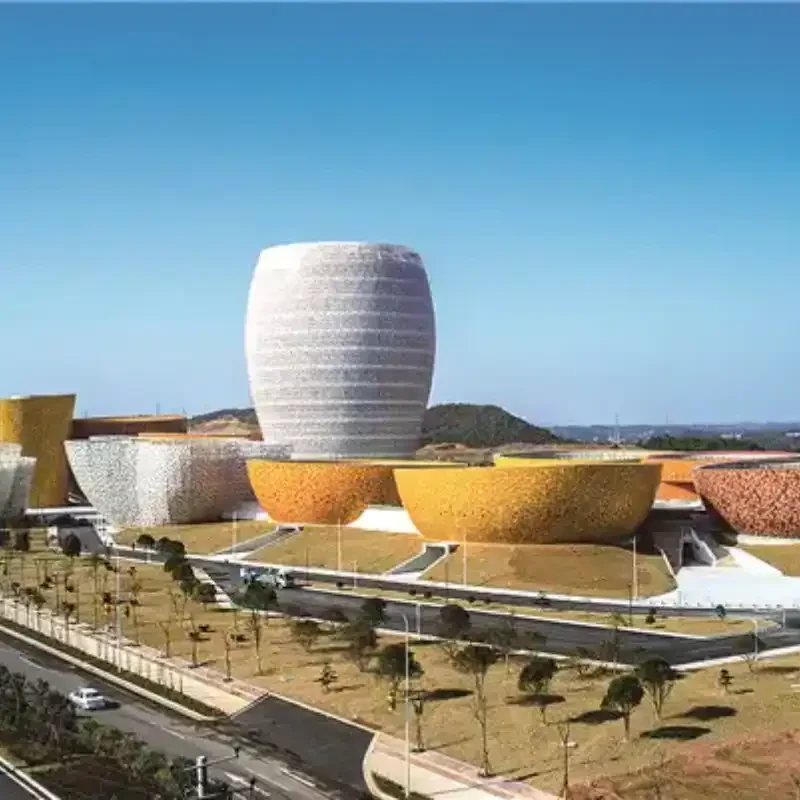
Project Overview:
Liling World Ceramic Art City, covering an area of 180 acres, with a building area of about 70,000 square meters and an investment of about 750 million yuan, was fully completed in 2014. The art city uses ceramic vessels as the appearance of the building, designed by the Italian Akea firm, focusing on the deep historical heritage of Liling ceramic culture and the new achievements of the industrial era, as a high-quality ceramic industrial park with international influence. The project combines the functions of exhibition, accommodation, greening and production, and has built 11 monolithic buildings such as the International Ceramic Exhibition Centre, Turandot Hotel, Liling Porcelain Valley Art Museum and Liling Ceramic Museum, which is the largest heterogeneous architectural complex in China's ceramic industry. The design concept of Liling World Ceramic Art City originated from the idea of the Liling Municipal People's Government to establish an integrated ceramic industrial production area with a hotel and a museum. The ceramic materials and the shapes of the ceramic vessels in the Ceramic Art City highlight the importance of the ceramic manufacturing industry in Liling.
structural design:
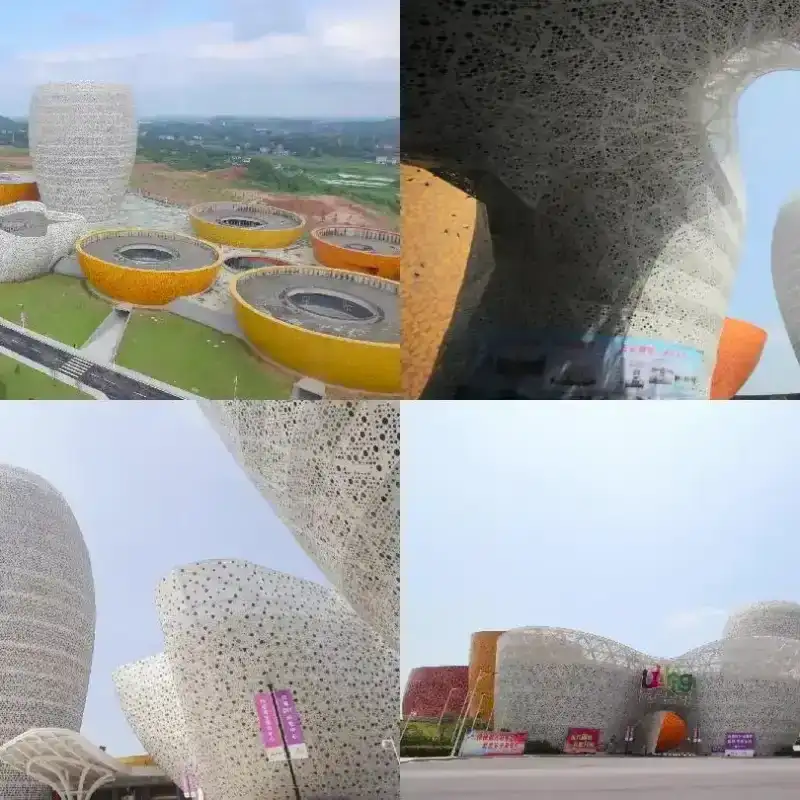
Each functional area of Ceramic Art City in Liling, China, was placed inside the volume of circular cross-section or geometric modules. The number of building monomers exceeded the number of functional areas. With the increase of building monomers, a free system was gradually revealed, forming an open space and establishing connections between neighboring building monomers, which was called "adjacent space". Through the shape and volume of the building monomers themselves, the spatial relationship between the "vessels" outlined by the concave or convex curves of the facade is highlighted, and the architectural complex is realized to create a constantly changing external space without changing the number of building monomers. The design scheme of Ceramic Art City in Liling, China, tried to integrate the use of land with the historical characteristics of the city. The cups and dishes were inlaid on the grassy land like pearls and jade, and the function, design and regional characteristics of the venue were highly compatible.
